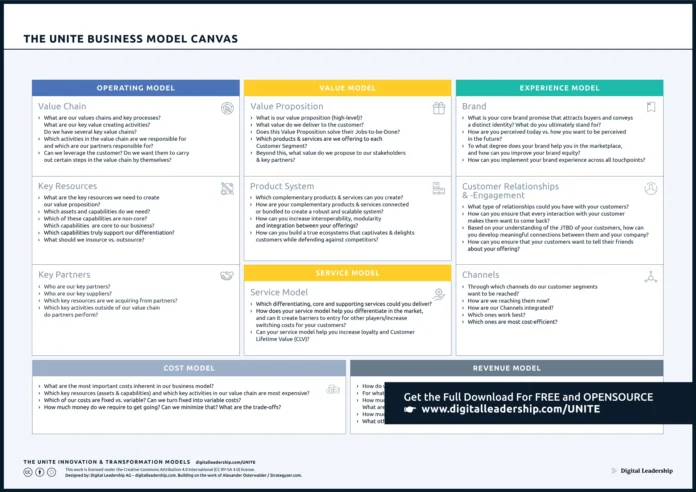
A Business Model Canvas is a tool used to create and visualize a company’s business model. This tool is especially useful for startups and small businesses looking to validate their business idea and create a plan for growth. In this blog, we’ll explore how to use the Business Model Canvas to run a fast-food restaurant. Click here to get a free template!
Key Elements of a Business Model Canvas to Run a Fast Food Restaurant
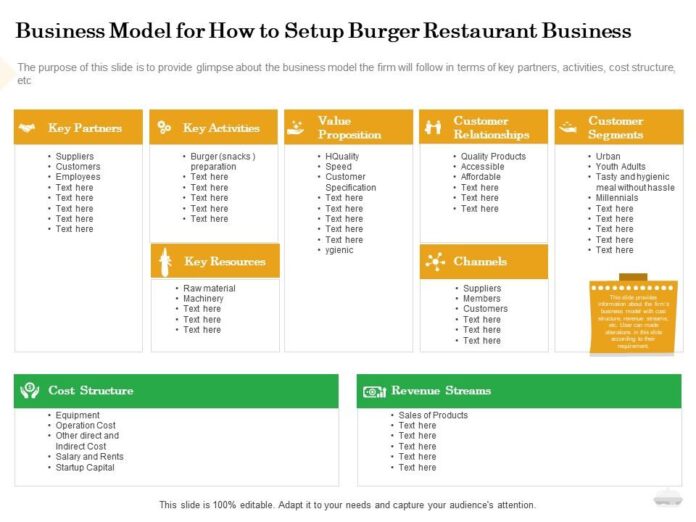
Key Partners
The first element of the Business Model Canvas is Key Partners. This section highlights the key players in your business, including suppliers, distributors, and other business partners. For a fast-food restaurant, key partners may include suppliers of food ingredients, packaging suppliers, and distributors of cooking equipment.
Key Activities
The next element of the Business Model Canvas is Key Activities. This section outlines the core activities that your business needs to carry out to deliver its value proposition. For a fast-food restaurant, key activities may include cooking and preparing food, serving customers, and maintaining a clean and safe environment.
Key Resources
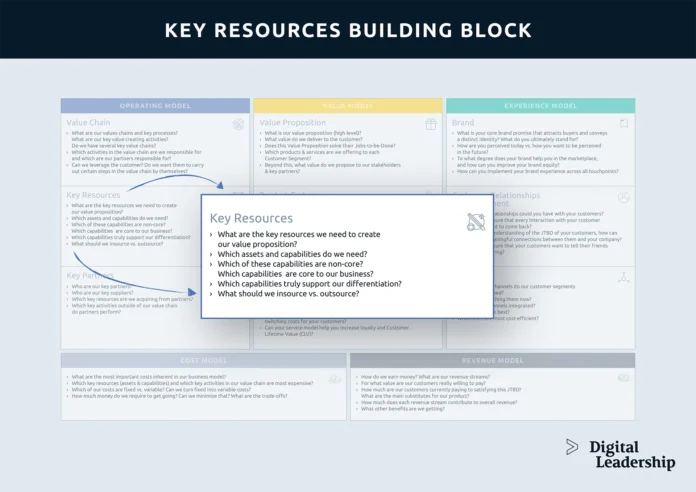
Key Resources is the next element of the Business Model Canvas. This section outlines the resources required to carry out the key activities. For a fast food restaurant, key resources may include a kitchen, dining area, staff, and equipment.
Value Proposition
The Value Proposition element of the Business Model Canvas is crucial for a fast food restaurant. This section outlines the unique value that your business offers to its customers. For a fast food restaurant, this may include providing fast and convenient food options, offering a range of menu items to meet diverse dietary needs, and providing a clean and inviting atmosphere.
Customer Segments
The next element of the Business Model Canvas is Customer Segments. This section outlines the different groups of customers that your business serves. For a fast food restaurant, customer segments may include busy professionals, families, and students.
Customer Relationships
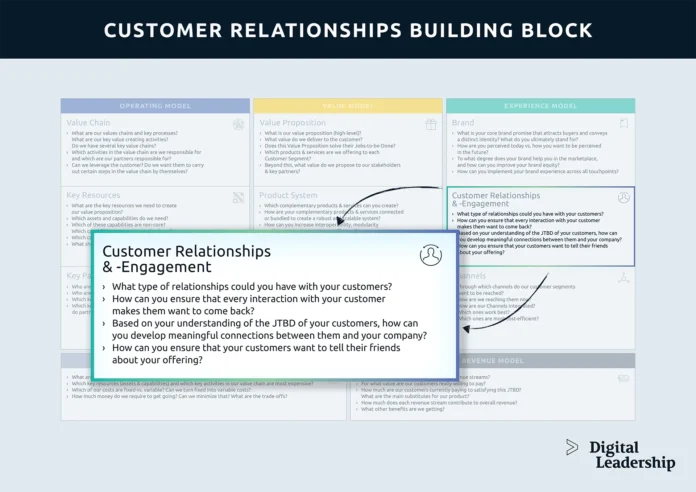
Customer Relationships is the next element of the Business Model Canvas. This section outlines the different ways in which your business interacts with its customers. For a fast food restaurant, customer relationships may include face-to-face interactions, online ordering, and customer service.
Channels
The Channels element of the Business Model Canvas outlines the ways in which your business delivers its value proposition to its customers. For a fast food restaurant, channels may include dine-in, take-out, and delivery options.
Cost Structure
The Cost Structure element of the Business Model Canvas outlines the costs associated with running your business. For a fast food restaurant, cost structure may include ingredients and supplies, staff salaries, and rent or lease payments.
The cost structure of a fast food restaurant will play a crucial role in determining its overall profitability and success. To develop a sound cost structure, fast food restaurants must take into account all of the expenses associated with running their business, including the following
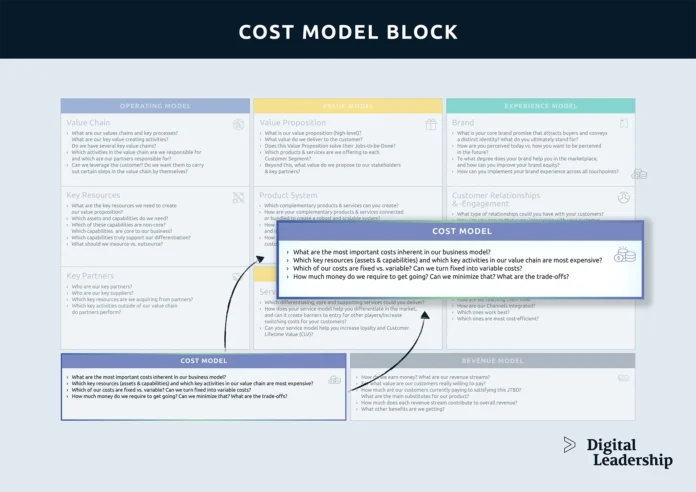
Ingredient costs
This includes the cost of purchasing raw materials, such as meat, vegetables, and seasonings, that are used to create menu items. To keep ingredient costs under control, fast food restaurants can negotiate bulk discounts with suppliers, take advantage of seasonal produce, and minimize food waste through proper storage and preparation.
Labor costs
This includes salaries and wages for all employees, as well as benefits and taxes. To keep labor costs under control, fast food restaurants can offer competitive salaries, incentivize staff through bonuses or commissions, and make use of technology to streamline operations and reduce the need for manual labor.
Equipment costs
This includes the cost of purchasing and maintaining kitchen equipment, such as fryers, grills, and ovens. To keep equipment costs under control, fast food restaurants can purchase high-quality equipment that is built to last, perform regular maintenance to extend its lifespan, and replace equipment before it becomes outdated or in need of costly repairs.
Marketing and advertising costs
This includes the cost of promoting the business, such as through print advertisements, social media campaigns, and website development. To keep marketing and advertising costs under control, fast food restaurants can make use of low-cost marketing strategies, such as word-of-mouth referrals, and focus on creating high-quality, engaging content that resonates with customers.
By understanding the costs associated with running a fast food restaurant, business owners can make informed decisions about pricing, profitability, and growth. By keeping costs under control, fast food restaurants can remain competitive in a crowded market, and offer high-quality products and services at an affordable price.
Revenue Streams
The final element of the Business Model Canvas is Revenue Streams. This section outlines the different ways in which your business generates revenue. For a fast-food restaurant, revenue streams may include sales from dine-in, take-out, and delivery options, as well as from any merchandise or promotional products.
Examining Your Industry and Competition using the Canvas
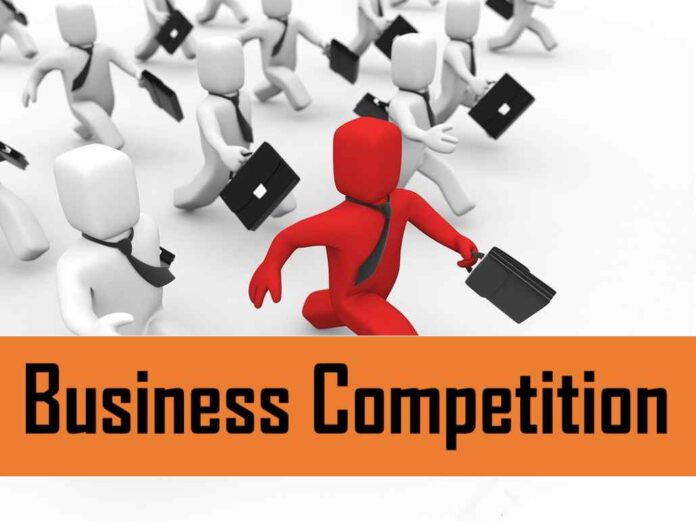
By studying the competition’s business model on the canvas, you may find opportunities to differentiate yourself from others in your industry. For example, if the majority of competitors are offering a very similar product or service then you might look at adding value through additional features or services that are not yet offered. You could also explore different service channels such as social media, email marketing, or an in-person presence to reach potential customers and stand out among your competition.
Creating Channels to Reach Customers
Social media is often the first stop for many customers looking for new restaurants due to its high visibility and interaction with followers. You can create a great deal of engagement by using interesting visuals and videos that showcase what makes your restaurant special.
Email newsletters are also helpful for driving sales – sending out discounts, exclusive deals or updates on new menu items can be great incentives for customers who subscribe to your list. Additionally, hosting events such as food tastings or dinners can build strong relationships with potential customers by offering them the chance to get up close and personal with your product or service.

Using the Business Model Canvas will help you identify which channels will be most effective in reaching potential customers for your fast-food restaurant. By evaluating their strengths and weaknesses you will be able to determine which ones are worth investing in and which ones may not have much of an impact on bringing in more business. Taking advantage of all viable marketing avenues is key in getting the word out about your product or service!
Conclusion
In conclusion, the Business Model Canvas is a powerful tool for entrepreneurs and small business owners looking to create and validate their business idea. By using the canvas to outline key partners, activities, resources, value propositions, customer segments, customer relationships, channels, cost structure, and revenue streams, you can create a clear and concise plan for running your fast food restaurant.











